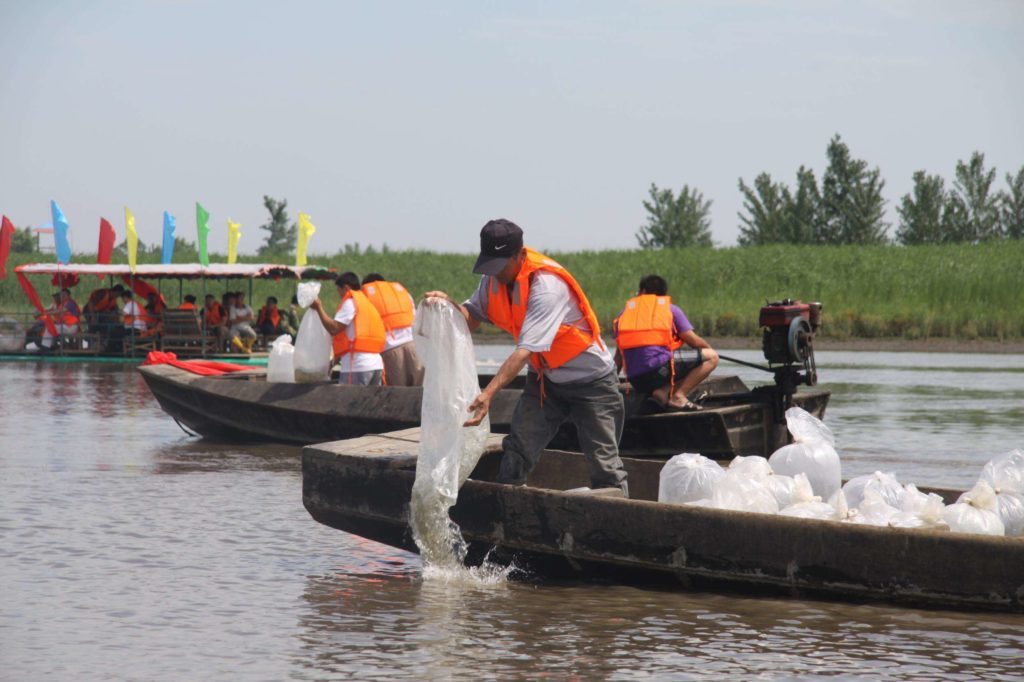Improving the Transportation of Fish Seedlings by "Four Recruitments"
Transportation of fish fry is an important link in aquaculture management. In practice, in order to improve the survival rate of fish fry transportation, we must grasp the four key points of “careful preparation, grasp the opportunity, control the density and stress the skills”.

Serious preparation: First, we need to formulate a detailed fish transport plan. The second is to choose suitable water for fish transportation. Third, the fry should stop eating and pull the net to exercise in time, so that the feces in the fry body can be discharged clean, and the metabolic rate of the fry can be reduced, so as to avoid polluting the water quality in the transport container. Fourthly, we should choose the proper transportation method.
Seize the opportunity: When the temperature is low, fish fry eat less, consume less oxygen, and the lower the temperature, the more dissolved oxygen in water. Because when the temperature is low, the survival rate of fish fry transported is high. At the same time, the lower the water temperature, the weaker the fry activity, and the lower the risk of injury during fishing and shipping. It has been proved that the best water temperature for transporting fish fry is between 15 and 20 degrees centigrade.
Control density: The density of fry transportation should be considered in combination with local climate, water temperature, transportation time, species and specifications of fry.
Skills:
Fish loading skills: require quick action, pay attention to methods, minimize the harm to the fry.
Bag Selection Skills: Select 70 cm * 40 cm or 90 cm * 50 cm plastic bags to check for air leakage.
Water injection skills: water injection should be moderate, generally about 1/4-1/3 of each bag of water. When the plastic bag is laid down, the fry can swim freely.
Fish-filling skills: According to the calculated fish-filling quantity, the fry should be lightly packed in bags, and the fry should be packed in batches with water.
Oxygen filling technique: Squeeze the plastic bag, exhaust the air, then slowly fill the oxygen, until the plastic bag bulges slightly elastic.
Tapping skills: Tapping is important to prevent the outflow of water and oxygen. Generally, the first step is to tie the inside pocket and the outside pocket.
Packing skills: after tightening the bag, put the bag in a paper box or foam box, put it in a cool place to prevent exposure and rain.
Disease Prevention Skills: Generally, 2-3 grams of salt can be put into each fish bag, which has better disease prevention effect.

Water exchange skills: During long-distance transportation, we should often observe the dynamics of fish and adjust the maximum amount of water. Usually, water is changed every 5 hours to 8 hours. The operation is meticulous. About one third of the old water is discharged first and then fresh water is added. It is found that fish are oxygen-deficient in time. If there is too much fish excreta in plastic bags during transportation, water needs to be changed. It is better to take enough oxygen in transportation and replace both oxygen and water.

